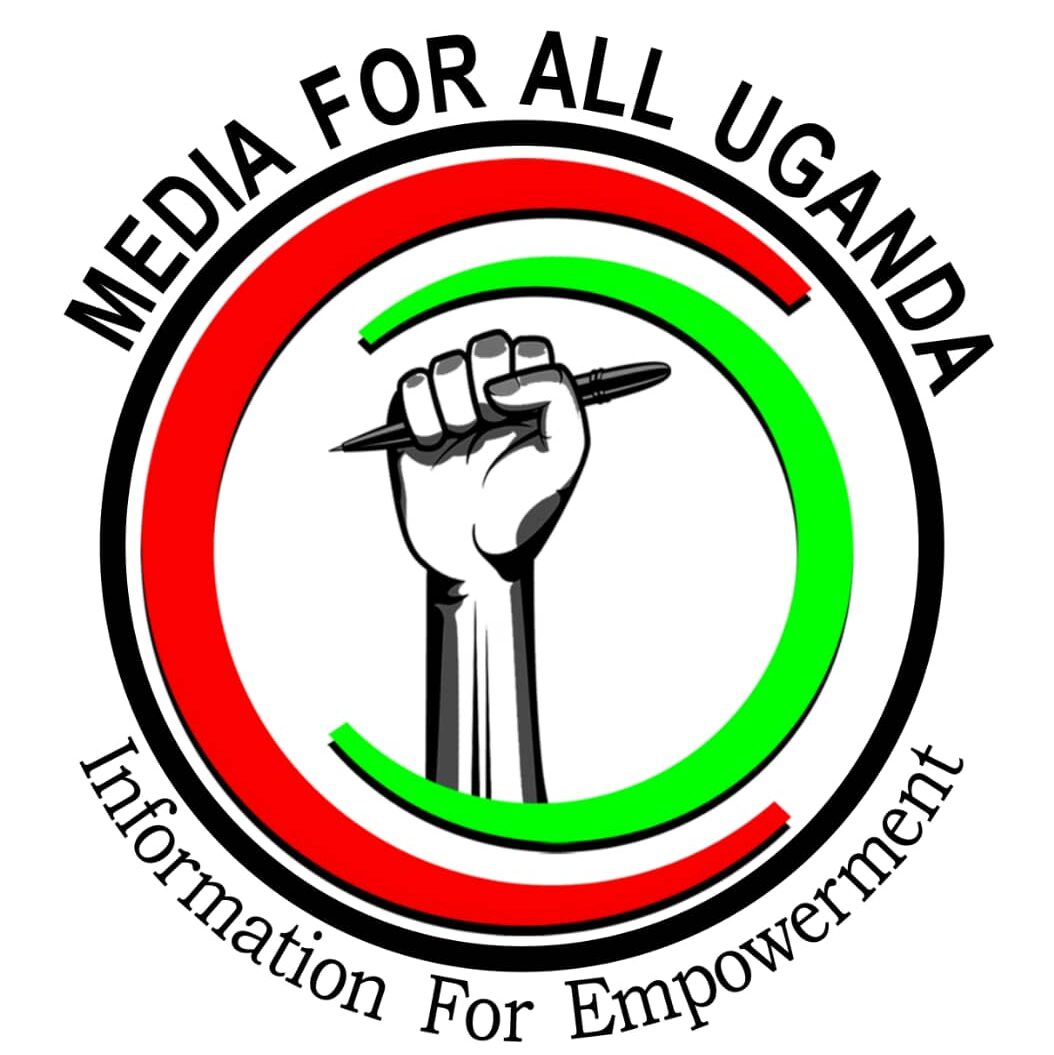BUSH BURNING AFFECTS ANIMAL PRODUCTION IN THE MA’DI SUBREGION.
By Scovin Iceta/Media4All
MOYO, 5th March 2024: The culture or social behaviors of local communities living in predominantly rangeland areas setting bushes on fire during the dry season affect the lives of birds and animal production in the Madi Sub-region.
However, Ms Elizabeth Amen, the Obongi District Tourism Officer, says this has been an ongoing vice. According to her, bush burning is not a new thing in the Madi sub-region because it is often a thing people do intentionally to clear ground in search of delicacies like bush meat, which they use as food.
“The bush burning acts have devastated the tourism sector in the region in very many ways. First of all, trust me, tourism in the Madi subregion is developing rapidly. We have a lot of bird species in the West Nile region, particularly fish-eating birds along the Nile belt. Most of them travel to search for food and when you look at bush burning, often people don’t know the impact it brings but the variety of bird species are affected”, Elizabeth observed.
“When there is bush burning, you will find out that they move away from their natural habitats because the edible fruits are being destroyed for them as much as others in swamp areas are affected. The smoke alone makes them uncomfortable to stay, meaning the bush burning makes the bird species that we have around find another location, and the region has a lot of tree species that provide delicacy for some of these birds, which means the feeding cycle for the birds are cutoff”, Elizabeth added.
Elizabeth also observes that the risk of bush burning doesn’t only affect the environment but also habitats in a particular place. Elizabeth now says that communities should be encouraged to desist from bush burning citing consequences like displacement of birds and other bush species. Engaging communities, Elizabeth advises, is also a platform to upscale conservation conversations and efforts.
“For us to protect the environment, we need to allow people to earn from the environment because there is no way you can tell someone to protect the Environment without earning from it. The sense of ownership and Empowerment involving local communities in environmental projects fosters a sense of ownership and when people feel connected and responsible for their local environment, they are more likely to actively participate in conservation efforts and also adopt sustainable practices”, Elizabeth explained
Mr. Michael Koma, a resident of Oyajo village in Moyo Sub County, Moyo district, also says that bush burning should be regulated so that the adverse effects are avoided because alternatives include grass cutting for roofing and mulching is burned out.
The bushes are burnt to encourage new growth for pastures because fire is used for clearing bushes based on its ease, quickness, and convenience for cattle farmers.
“Some bird species increase in number where there is light burning based on the increase in grasses that produce seeds which the birds later feed on. The habitats of small animals and bird may be temporarily destroyed by the bush burning fire and the nests of the birds. The nests on the other hand burn and food are equally destroyed”, Koma observes.
Mr. Koma also adds that “There is a need to continue Education and awareness creation to masses in matters related to environmental protection. Through, community inclusiveness drives, locals can disseminate information about the importance of environmental conservation, Sustainable practices and the impacts of human activities on the ecosystem and this kind of education can lead to behavioral changes like adopting eco-friendly habits and promotion of sustainable development within the locality”.
Mr. Patrick Droma, the Moyo District Natural Resources Officer, also says the cyclic nature of fires in the district is evidence of increasing climatic instability and change in vegetation.
“Because of the persistent fires, tall vegetation has given way to shrubs lantana camara and Acacia Senegalese. These species suppress the production of accessible and palatable forage and affect the animal production and also put the life of our bird species at risk”, Droma reveals
He also adds that other semi-arid areas of the region found in the Cattle corridor of Adjumani and Yumbe districts also experience extensive bush burning and wind erosion during the dry season.
In response to the effect of drought, the District Production Department under DRDIP and other development partners are promoting rainwater harvesting, and different communities and Non-governmental organizations are also working hand in hand with the local government to promote tree planting programs.
END
